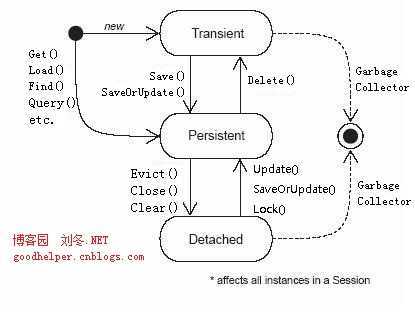<?xml version="1.0" encoding="utf-8"?> <!-- This template was written to work with NHibernate.Test. Copy the template to your NHibernate.Test project folder and rename it in hibernate.cfg.xml and change it for your own use before compile tests in VisualStudio. --> <!-- This is the System.Data.dll provider for SQL Server --> <hibernate-configuration xmlns="urn:nhibernate-configuration-2.2" > <session-factory name="NHibernateTest"> <property name="connection.driver_class">NHibernate.Driver.SqlClientDriver</property> <property name="connection.connection_string"> server=.\SQLEXPRESS;database=NHibernateDemo;uid=sa;pwd=; </property> <property name="adonet.batch_size">10</property> <property name="show_sql">true</property> <property name="dialect">NHibernate.Dialect.MsSql2005Dialect</property> <property name="use_outer_join">true</property> <property name="command_timeout">60</property> <property name="hbm2ddl.auto">update</property> <property name="query.substitutions">true 1, false 0, yes ‘Y‘, no ‘N‘</property> <property name="proxyfactory.factory_class">NHibernate.ByteCode.LinFu.ProxyFactoryFactory, NHibernate.ByteCode.LinFu</property> <mapping assembly="Domain"/> </session-factory> </hibernate-configuration>

 hibernate.cfg.xml
hibernate.cfg.xml
 App.config
App.config